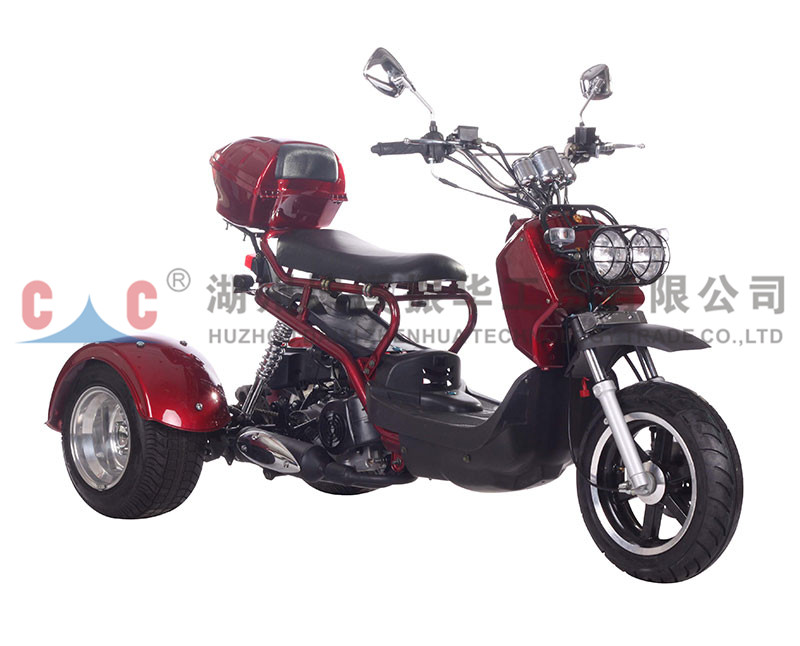Summary:The motorcycle fuel tank, an iconic component of two-wheeled machines, is far more than a mere vesse...
The motorcycle fuel tank, an iconic component of two-wheeled machines, is far more than a mere vessel for gasoline; it's a design element, a canvas for artistic expression, and a critical aspect of a motorcycle's overall performance. As riders embark on journeys, the fuel tank becomes a companion, a reservoir that not only powers the engine but also contributes significantly to the aesthetics and character of the motorcycle.
The design of motorcycle fuel tanks is a delicate balance between form and function. Shaped to seamlessly integrate with the bike's frame and enhance its aerodynamics, fuel tanks are not just utilitarian containers; they are sculpted masterpieces that contribute to the overall visual appeal of the motorcycle. The curvature of the tank often mirrors the sleek lines of the bike, creating a harmonious and cohesive design.
Traditionally, motorcycle fuel tanks were crafted from steel, providing strength and durability. However, modern motorcycles often feature tanks made from a variety of materials, including aluminum and high-quality plastics. These materials offer the dual advantage of reducing weight and resisting corrosion, contributing to improved fuel efficiency and a longer lifespan for the tank.
The size of a motorcycle fuel tank is a crucial consideration that directly impacts the riding experience. Larger tanks typically provide greater fuel capacity, resulting in an extended range between refueling stops. Touring motorcycles, designed for long-distance rides, often feature larger fuel tanks to accommodate the demands of extended journeys, while sportier models may prioritize a sleeker design with a slightly smaller tank.
Fuel tanks have become canvases for artistic expression in the motorcycle world. Custom paint jobs, intricate graphics, and personalized decals transform the tank into a unique statement reflecting the rider's personality and style. Motorcycle manufacturers often leverage the tank as a branding opportunity, incorporating logos and emblems that contribute to the bike's visual identity.
The design of motorcycle fuel tanks has evolved over the years, influenced by advancements in engineering and manufacturing technologies. Modern tanks are not only lightweight and corrosion-resistant but also designed to optimize fuel distribution for improved performance. Some motorcycles feature aerodynamically shaped tanks that enhance fuel efficiency by minimizing drag, contributing to both form and function.
Proper maintenance of the motorcycle fuel tank is essential for optimal performance. Regular checks for leaks, corrosion, and cleanliness are crucial. The interior of the tank should be kept free from debris and rust to ensure a clean fuel supply to the engine. Routine inspections, especially before long rides, help prevent potential issues and ensure a smooth and trouble-free journey.

